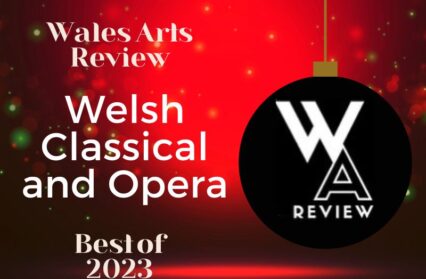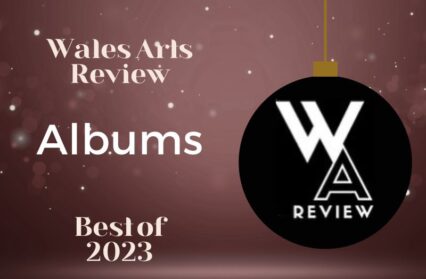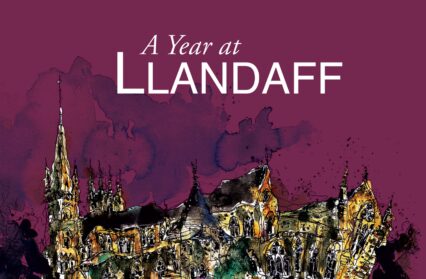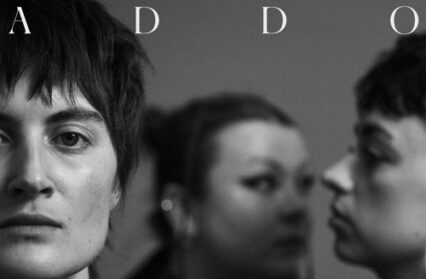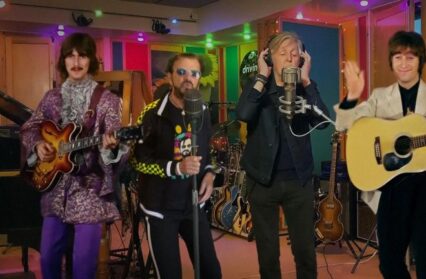The Viennese Trios: Royal Welsh College Chamber Players performed at the RWCMD on Wednesday 3rd October, which Edward Christian-Hare attended.
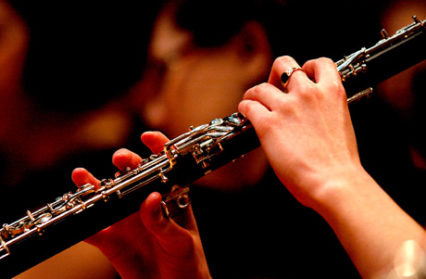
Anyone who’s performed in a chamber ensemble of any kind knows that the trick is to play together. That may sound easy in theory, but in practice, it poses all sorts of problems. Not only must musicians play together, but they must stay together through tempi changes and rhythmically awkward passages. Once this mountain has been conquered, they can face the smaller hills of expression and dynamics.
But in a trio, there is nowhere to hide. Performing well – indeed, performing together – in such a close-knit group is very difficult. Whereas a larger ensemble has the advantage of size and a smaller advantage of density, the trio is an intermediary, negotiating the two.
As this concert progressed, the three participating ensembles improved. That is to say, the third trio played together most effectively, and the first the least, but it was pleasing to see that there wasn’t an enormous gulf between them. Yong Lim took a firm lead on the clarinet when it came to directing Mozart from phrase to phrase, showing thorough technique and immersion in the art of performing in a small ensemble. Constantly using his body language to signal to his peers, Jones and Williams might have emulated this. Harrison Williams made a steady job of the piano, with a light touch suitable for Mozart’s lovely scalic patterns. The fly in the ointment was the viola – a stupefying and gorgeous instrument when given the chance! It was far too quiet and desperately needed to be shown off. Greater energy and enthusiasm from Matthew Jones, the violist, would have made for a much more exciting Rondeau.
Next came the Brahms. The introduction of a cello was welcome, adding a new register to the sound. James Mcbeth handled the part very well and gave fresh character to the stage. Performing two movements this time, the trio duly adapted their playing for the different speeds: Allegro and Adagio. They were more collaborative than their predecessors, Mcbeth guiding the group with supporting gestures and expressive bowings. Again, the other two could have done more of this. But there is something to be said for one musician leading three, instead of all three trying to lead each other.
The crowning achievement, in this recital, came at the end. Although it would have been enjoyable to hear the actual ‘Ghost’ movement, as Beethoven’s student Czerny dubbed it, the final trio more than compensated for this lack in their spirited performance of the other movements. The group were all smiling confidently as they walked on stage – which sounds trivial, but in a concert of this small size does an enormous amount to put the audience at ease. They were obviously well-suited to one another, effortlessly cooperating even before the first note was played. Then, as Beethoven’s assertive melodies advanced from instrument to ear, the synchronisation of this trio became palpable.
Especially discernible was the front partnership of violin and cello, whose coordination was boldly musical – just what a trio requires. Building upon the collaborative efforts of the previous group, Jose Matias and Matilde Viegas was a pleasure to watch. No less pleasurable was the pianist, Deva Rossi, who supported her fellow artists admirably with numerous glances in their direction whilst maintaining a strong grasp of her music. Above all, Viegas’ rendering of the cello part was beautiful, extolling the sublimity of her instrument and Beethoven’s talent in writing for it. If the trio are to perform together again – and they certainly ought to – they should tackle tougher repertoire such as Tchaikovsky’s Piano Trio in A Minor. With enough practice, this would be a treat to watch.
It is their kind of teamwork, then, that really makes a trio succeed: observable cooperation in musical phrasing. The art of the audience is one of spectating as well as listening, and whilst there is an overlap, the two are not synonymous. It is therefore delightful when ensembles understand this, particularly, again, in the small-scale context of the trio.
The strings department of the Royal Welsh College website may offer updates on then Viennese Trios: Royal Welsh College Chamber Players future performances.
Edward Christian-Hare is an avid contributor to Wales Arts Review.
Header image courtesy Royal Welsh College of Music and Drama.




